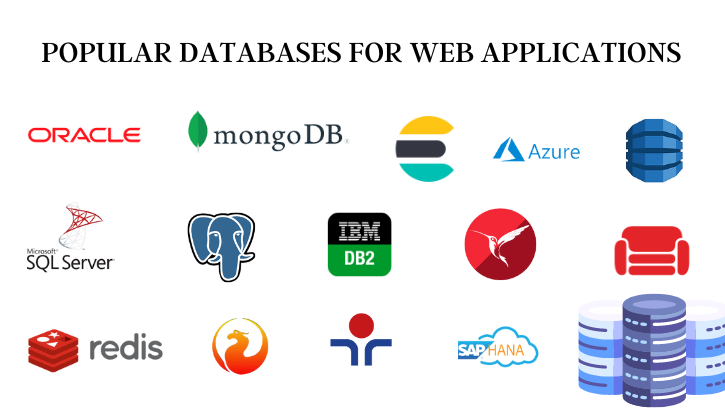
How to Setup and Manage a database for a Kenyan business
Effective database management is becoming more important to Kenyan companies in today’s data-driven world. A well-designed and maintained database can help increase productivity, provide effective operations, and gain crucial insights to guide strategic decision-making. In this article, we will discuss the steps involved in setting up and managing a database for a Kenyan business.
How to Setup and Manage a Database for a Kenyan Business
1. Define the Purpose and Scope
Specifying the goal and parameters of your data management system before creating a database is essential. Identify the crucial data that requires storage, analysis, and retrieval. Discover the precise business procedures that can reap the rewards of database integration. Customize your database structure to fit your needs with this helpful tool perfectly.
2. Find and organize the information required
Gather all the information you want to record in the database, such as product name and order number.
3. Choose a database management system
A databases management system (DBMS) is software that facilitates creating, managing, and transforming a database. MySQL, Oracle, and Microsoft SQL Server are a few DBMSs available. It’s essential to weigh the DBMS’s price, scalability, user-friendliness, and quality of technical support before making a final decision. Ensure the database management system you choose is compatible with any other programs your company may use.

4. Designing the Database
Database design involves creating an efficient and logical structure to store and organize data. Follow these steps:
a) Entity-Relationship (ER) Modeling: Identify entities (such as customers, products, and suppliers), their attributes, and their relationships. Use ER diagrams to visualize the database structure.
b) Normalize the Database: Normalize the data to eliminate redundancy and improve data integrity. Follow the normalization rules, including 1NF, 2NF, and 3NF, to ensure data integrity and efficiency.
c) Define Tables and Relationships: Create tables with appropriate fields, data types, and relationships between them. Set primary keys and establish relationships using foreign keys.
5. Creating and Populating the Database
Once the design is complete, the database must be implemented and populated. The Structured Query Language (SQL) is used to build databases, provide connections between tables, and insert data. Use constraints, such as unique and not null constraints, to ensure proper indexing and enforce data integrity.
6. Establish Data Security Measures
In the digital age, keeping your company’s data safe is more important than ever. Protect critical data from unwanted access by putting in place stringent security measures. Use strong password policies, encrypt private information, and install security updates often. Implement role-based access control and routinely audit user actions to secure your data. Avoid data loss caused by hacking or faulty hardware by frequently backing up your data.
7. Performance Optimization
Optimize the database’s performance to reduce wait times for data retrieval and processing. Indexing, optimizing queries, and fine-tuning the database should all be considered. Utilize tools like SQL Profiler and other database-specific monitoring tools for routine monitoring and analysis of database performance

8. Maintenance and Updates
Maintaining a database requires constant scrutiny, including responsibilities such as monitoring, optimization, and updating. Keep the database management system (DBMS) and supporting hardware up to date with any necessary fixes. To maintain peak performance, execute regular maintenance procedures, including data cleansing, index rebuilding, and statistics updates.
9. Data Privacy
In line with global trends, data privacy, and compliance are increasingly important in Kenya. Ensure your database complies with relevant regulations like the Data Protection Act. Obtain consent, implement privacy policies, and regularly review your data practices.
10. Data Analysis and Reporting
Utilize data analysis and reporting tools to get the most out of your database. Create valuable reports, mine data, and gain actionable knowledge for your company. These findings may aid decision-making, trend identification, and overall company growth.
11. Disaster Recovery Plan
A disaster recovery plan is crucial for a system failure or data breach. Regularly back up your data and test the restoration process. Develop a contingency plan to minimize downtime and ensure business continuity.
Conclusion
Kenyan businesses must plan, examine, and adhere to best practices while creating and maintaining databases. By adhering to the procedures described in this article, you can create a secure and easily administered database, which will positively impact your firm’s productivity. Use the information available to take your Kenyan business to greater levels.
Read also, Top Five Club MCs in Kenya
